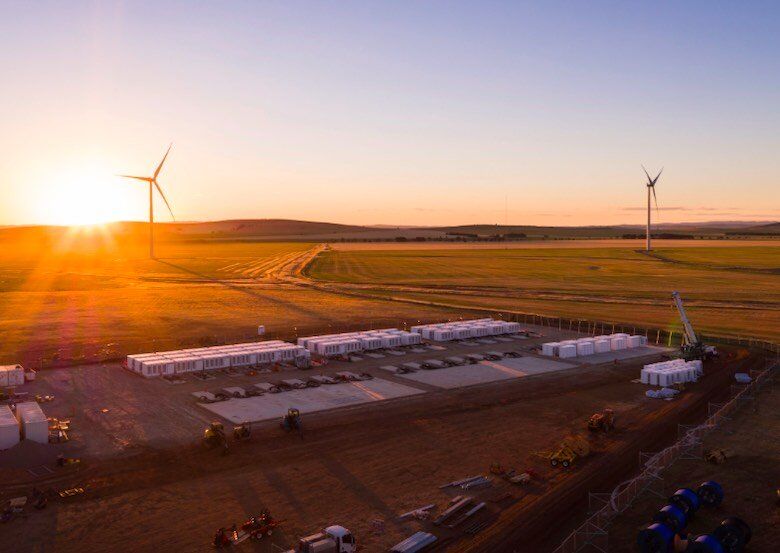South Australia’s three big batteries have once again played a crucial role in helping the state to avoid black-outs after it was ‘islanded’, once again, from the rest of the National Electricity Market.
South Australia’s grid was again separated from Victoria on Monday after a fault at the Heywood terminal left the state fending for itself for supply. This challenge was met, however, thanks largely to the state’s abundant supply of rooftop solar, wind and grid-scale battery storage.
South Australia currently has three “big battery” systems, the 100MW/129MWh Hornsdale Power Reserve (aka, the Tesla Big Battery), the 25 MW/52MWh Lake Bonney Battery Energy Storage System and the 30 MW/8MWh Dalrymple battery system.
During the separation event, the usual charge/discharge activity at the three batteries dropped dramatically according to the data published by NEM Log, showing that the three battery systems responded to the event by shifting their operation to providing fine balancing services within the islanded grid.
Despite the lower activity levels, the batteries provided crucial frequency control auxiliary services (FCAS) during the separation period – responding to short-term fluctuations in energy usage, rather than on the gross supply of electricity.
However, due to an inability to send excess electricity to Victoria, a number of wind and large-scale solar projects again found themselves curtailed to avoid too much electricity being produced in the state.
AEMO confirmed that South Australia had been re-synchronised with the rest of the market shortly after 8:00pm and that the market operator was currently in the process of investigating the cause of the separation.
